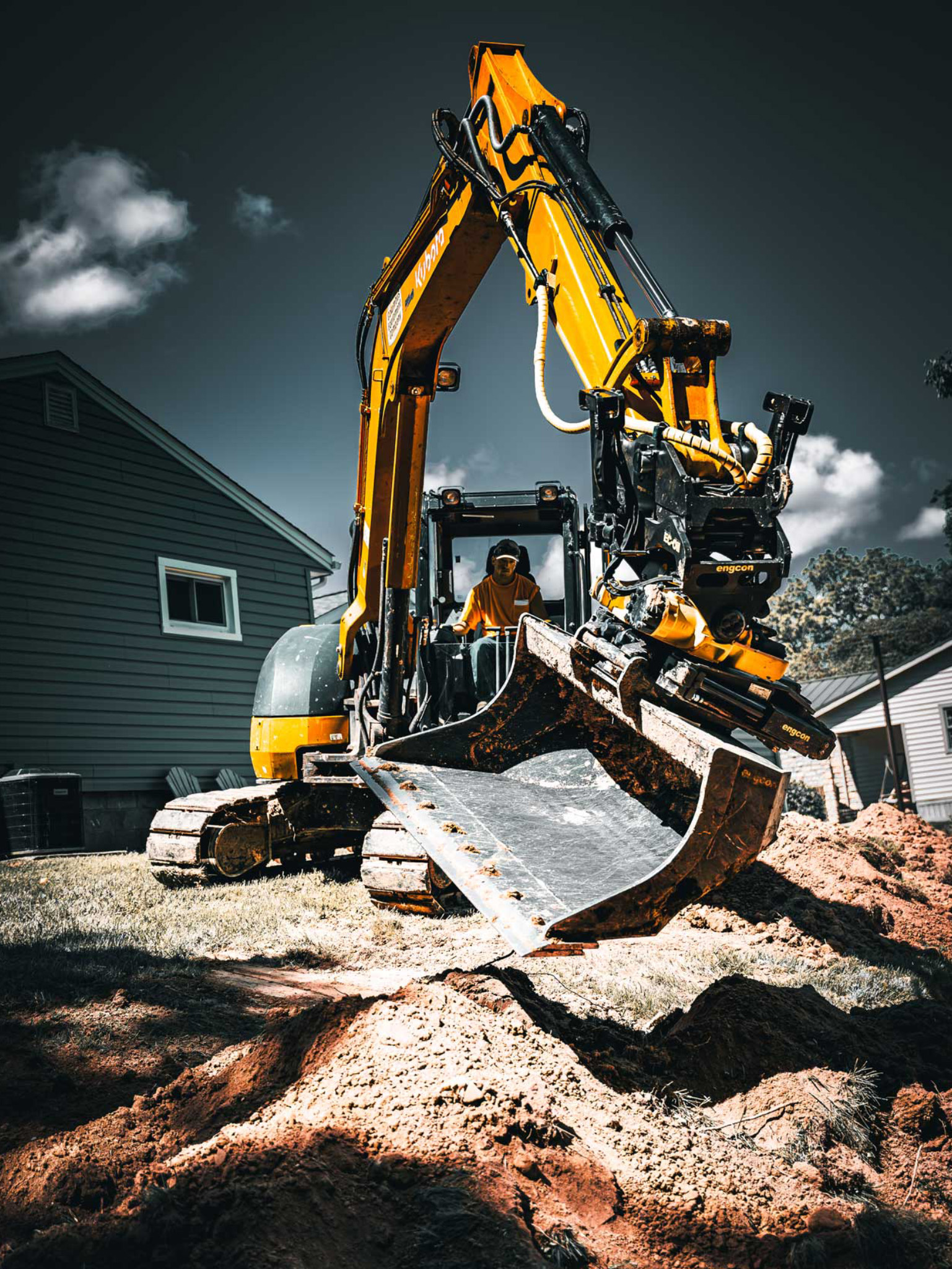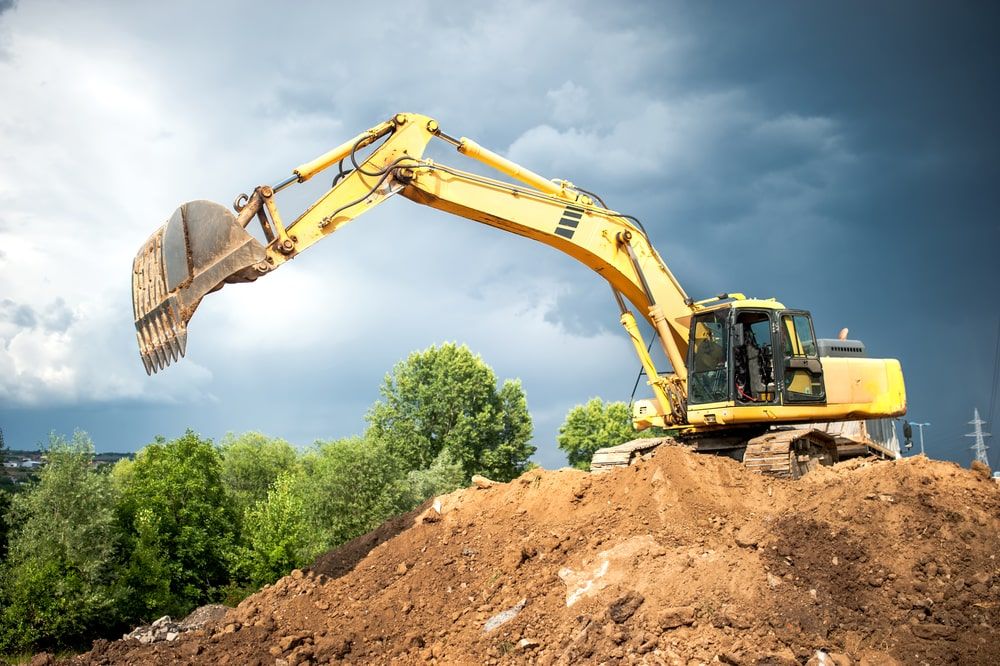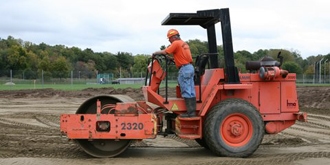Extensive Expedition: The Scientific Research Behind Superior Excavation Practices
From old hand devices to modern hydraulic excavators, the evolution of excavation techniques has actually been a testimony to human resourcefulness and technological innovations. What genuinely sets remarkable excavation practices apart is a deep understanding of geological principles, coupled with the application of cutting-edge devices and approaches.
Advancement of Excavation Techniques
Throughout background, the advancement of excavation methods has played an important function beforehand building techniques and historical discoveries. From the simple devices utilized by our ancestors to the innovative machinery utilized in contemporary times, the development of excavation methods has actually substantially changed exactly how we approach numerous tasks.
In ancient times, manual work with basic tools such as shovels, pickaxes, and wheelbarrows was the primary technique of excavation. This labor-intensive procedure limited the deepness and extent of excavations, typically leading to slow development and restricted accessibility to particular sites. As people advanced, so did the strategies and tools used for excavation.
The Industrial Transformation noted a turning point in excavation techniques with the introduction of steam-powered machinery. In modern times, modern technology plays a critical function in excavation, with innovations like General practitioner systems, drones, and 3D scanning enhancing accuracy and efficiency in the area.
Function of Innovation in Excavation

The combination of cutting-edge innovation has actually basically transformed the field of excavation, boosting precision and performance to extraordinary levels. One of the crucial technological advancements that has actually considerably impacted excavation methods is the usage of general practitioner systems. These systems permit accurate mapping of excavation sites, allowing operators to properly situate underground energies and structures. Additionally, making use of telematics in excavation devices has enabled real-time monitoring of equipment efficiency, bring about proactive maintenance and enhanced functional productivity.
Furthermore, the introduction of 3D modeling and simulation software application has structured the preparation procedure for excavation projects. Operators and engineers can now envision the entire excavation procedure before damaging ground, enhancing and recognizing potential difficulties operations. In conjunction with this, the execution of drones in excavation activities has helped with aerial surveys, volumetric measurements, and site assessments with unmatched speed and precision.
Geological Concepts in Excavation
An understanding of geological principles is vital for making sure the architectural honesty and security of excavation websites. Geological aspects play a critical duty in figuring out the usefulness and safety of excavation tasks.
By performing extensive geological surveys and analysis, excavators and designers can develop strategies to alleviate dangers and make sure the effective completion of excavation projects. Ultimately, including geological concepts right into excavation methods is essential for attaining secure, efficient, and sustainable results.

Most Recent Tools for Excavation
In the realm of excavation methods, contemporary technologies in tools have actually revolutionized the effectiveness and precision of excavation processes. These drones can supply detailed airborne studies of excavation sites, offering real-time information on topography and possible threats.
Another cutting-edge device acquiring appeal is the implementation of 3D printing technology for producing custom-made excavation tools. blog here This enables the manufacturing of specialized tools that are customized to the specific requirements of a job, enhancing efficiency and reducing downtime.
Furthermore, improvements in materials scientific research have caused the advancement of more powerful and more durable excavation tools. lancaster excavation. Tungsten carbide-tipped excavator add-ons, for example, deal exceptional performance in tough ground problems, improving performance on-site
Science's Influence on Excavation Practices

In addition, clinical research on dirt technicians and geotechnical engineering has supplied beneficial insights right into dirt habits, allowing excavation specialists to make informed decisions concerning excavation techniques and dirt stabilization strategies. In general, science proceeds to drive development and renovation in excavation methods, making excavation jobs much more effective, affordable, and sustainable.

Conclusion
In conclusion, the advancement of excavation methods has actually been significantly influenced by advancements in innovation and a much deeper understanding of geological concepts. The most up to date devices and tools used in excavation have actually enhanced efficiency and precision in the field. The application of scientific understanding has significantly enhanced excavation methods, leading to more lasting and effective methods for excavating different sorts of products.
In the realm of excavation techniques, modern developments in tools have actually transformed the effectiveness and accuracy of excavation processes. By leveraging clinical concepts, the excavation sector has actually been able to considerably enhance efficiency, precision, and safety in excavation processes. GPR permits excavation teams to non-invasively scan and map subsurface structures, utilities, and potential dangers, straight from the source enabling them to plan excavation jobs with greater accuracy and reduced threat of accidents.
Furthermore, clinical research on soil auto mechanics and geotechnical design has supplied useful understandings right into soil habits, allowing excavation experts to make enlightened choices pertaining to excavation techniques and soil stabilization techniques. Generally, science continues to drive technology and enhancement in excavation practices, making excavation projects much more reliable, cost-effective, and lasting.